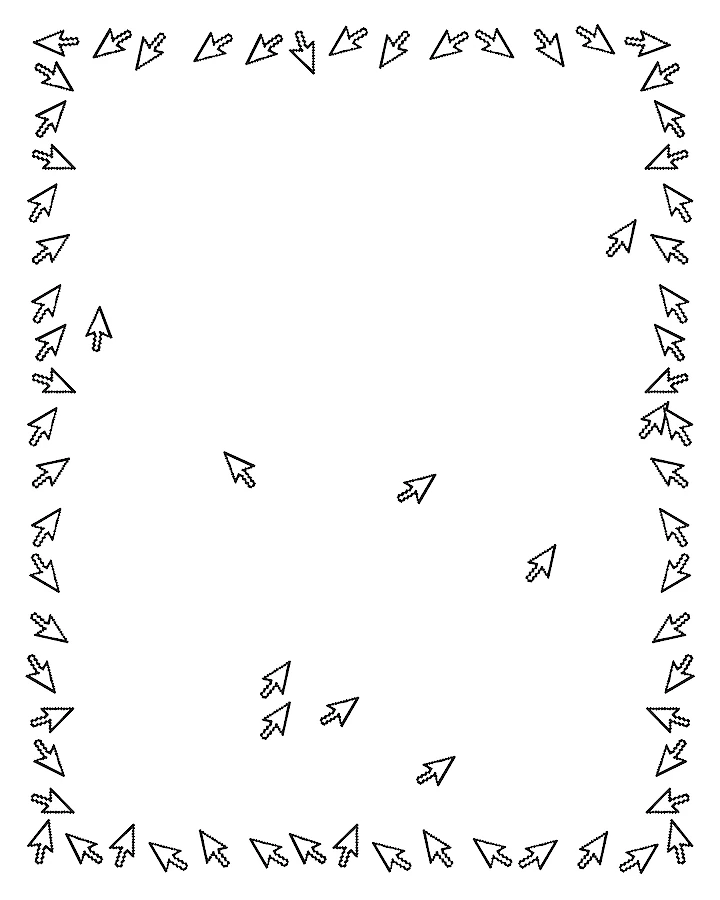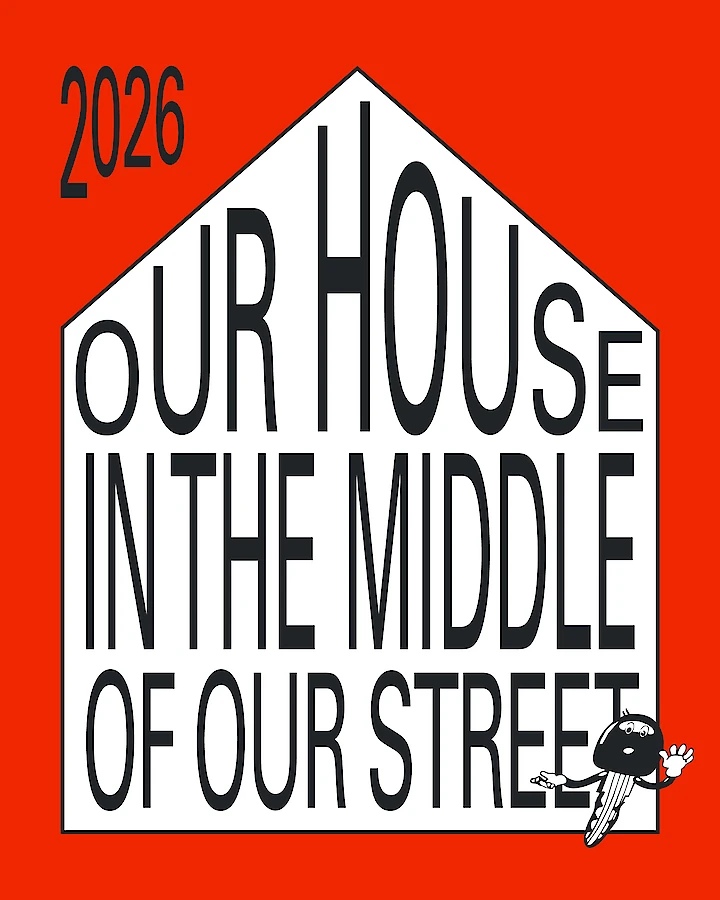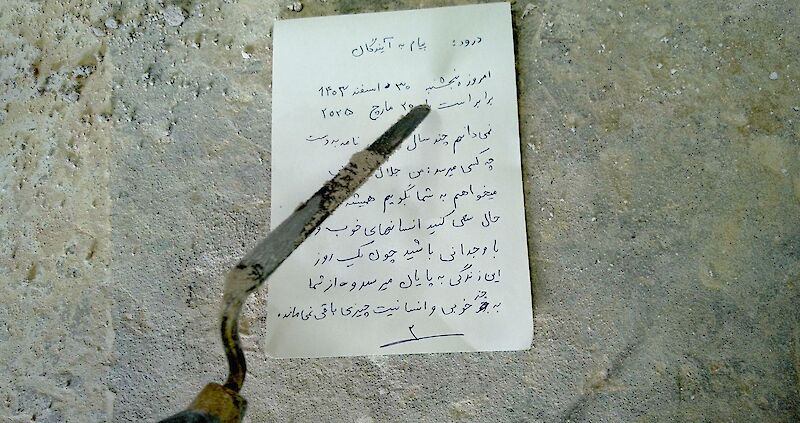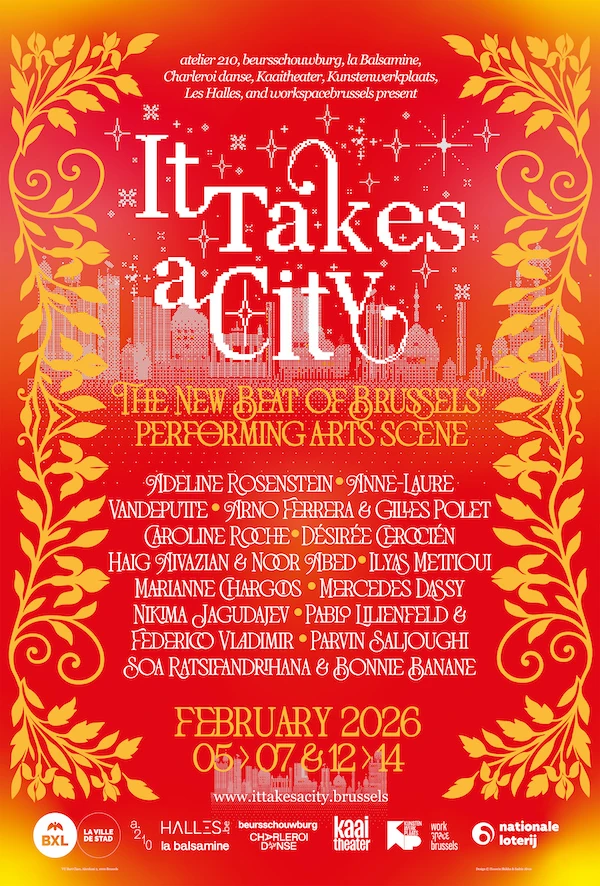StadsSalonsUrbains Sabine Barles
doors 17:00
In this edition of the StadsSalonsUrbains lecture series, experts spanning architecture, urban planning, archaeology, landscape architecture, heritage, and history delve into how our physical surroundings encapsulate the culture, values, and norms of past societies, and shape our identities and experiences. By treating the city as a repository of material, political, economic, environmental, technological, and cultural history, this lecture series uncovers the city's relationship with its landscapes, the persistence of power dynamics and social inequalities in our built heritage.
Lecture #3 | Sabine BARLES | from circularity to linearity : the infrastructures of urban metabolism, 18th-20th centuries
Industrialization and urbanization are one of the main characteristics of the last three centuries. From a socio-ecological perspective, these centuries were also marked by the transition from agrarian to industrial socio-ecological regime. The shift in energy regime from solar to fossil, the intensification of energy of material flows, the decoupling between energy provision and land use, the linearization of social metabolism (extract, consume, throw away) were the main manifestations of this transition that deeply transformed the built environment and provoked major changes in urban metabolism.
The talk will examine the way in which these transformations and changes occurred in industrializing cities and will emphasize their complexity and the link between urban metabolism and built infrastructures. Indeed, urban metabolism didn’t shift directly from circular to linear, as one could think at first sight. To some extent, it became more circular during the 19th century, before its total linearization during the 20th century. The reshaping of urban metabolism was made possible by numerous infrastructures that were built since the 18th century. As a result, infrastructures can be considered both as the consequence of industrialization and as the way in which urban metabolism was (re)shaped.







